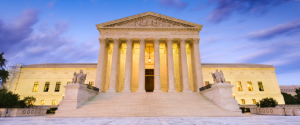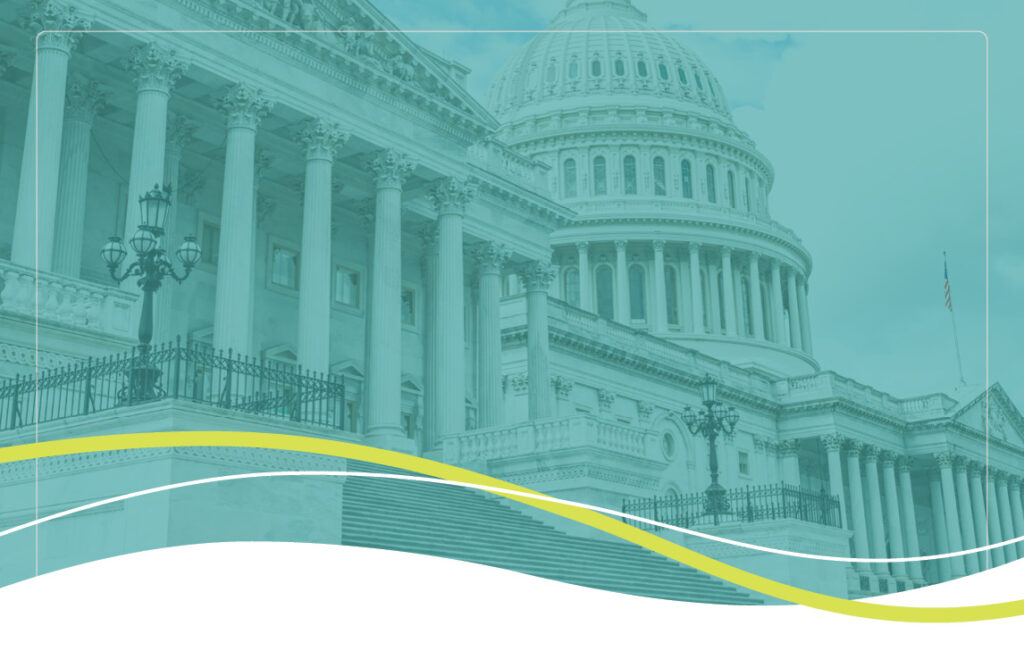Supreme Court Overrules Chevron: What it May Mean for Healthcare and Medicaid

On Friday, June 28, 2024, the Supreme Court overruled Chevron. A major pillar of administrative law for 40 years, Chevron was relied on in thousands of cases to help answer the critical question: who decides the meaning of a statute when the statute is unclear – courts or agencies? The Chevron doctrine established that the answer was agencies. Courts were to defer to an agency’s reasonable interpretation of an ambiguous statute.
With its recent decision, the Supreme Court has changed that answer; courts now decide the statute’s meaning when the statute is unclear. Courts may not defer to an agency’s interpretation of the law simply because a statute is ambiguous.
This will likely impact stakeholders across the Medicaid and healthcare industries:
- Congress: Without Chevron deference, Congress will need to draft precise, detailed, and clear legislation, as agencies now have less flexibility to interpret ambiguous statutes.
- CMS: This ruling affects the Centers for Medicare & Medicaid Services’ (CMS) authority and discretion to promulgate rules and regulations.
- Providers: Healthcare providers may be more willing to challenge CMS’s policy, programmatic, or financial management decisions now that the courts do not have to give the same level of deference to CMS’s interpretation of laws.
- Medicaid Beneficiaries: Without Chevron, CMS’s authority to set policy, establish programmatic rules, and interpret the Medicaid statute is limited. This may create challenges for the effective and efficient administration of the Medicaid program which may harm those individuals and families that rely on Medicaid for healthcare and coverage.
Ultimately, the effects of overruling Chevron will only be known in time.
To learn more about the Supreme Court’s decision to overrule Chevron, click here.




